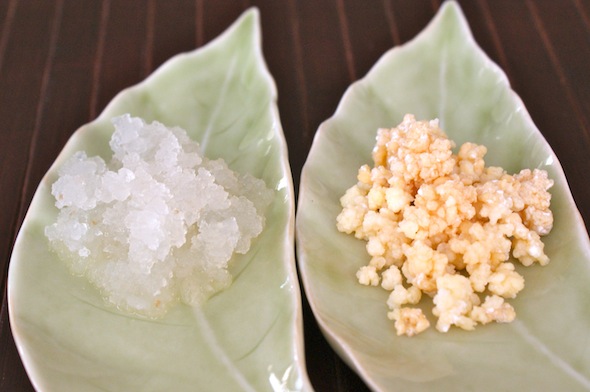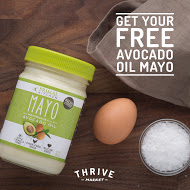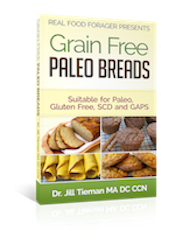When we think of bacteria, we think of something too small for the eye to see. Microscopic. But due to the active social life amongst bacteria, they are visible to the naked eye when they group together in colonies. I don’t know how the term “grains” came to be, but don’t let it mislead you. Kefir has nothing to do with grains at all. The “grains” are actually communities of bacteria and yeast living peacefully together. When we consume food or beverages made with these beneficial communities they become part of the “soil” that protects the mucous membrane lining our intestines. What is actually in this soil?
Some people call the grains a SCOBY or Symbiotic Culture of Bacteria and Yeast. Both water and milk kefir have a large variety of microbial strains in their colonies.
Water kefir grains originated in Mexico and may have some of the following species of bacteria and yeast. I say “may” because grains can vary with regard to the exact composition of all the different species.
Water Kefir Bacteria
Species Lactobacillus
L. acidophilus, L. alactosus, L. brevis, L. bulgaricus, L. casei subsp. casei, L. casei subsp. pseudoplantarum, L. casei subsp. rhamnosus, L. casei subsp. tolerans, L. coryneformis subsp. torquens, L. fructosus, L. hilgardii, L. homohiochi, L. plantarum, L. psuedoplantarum, L. reuterietc, L. yamanashiensis.
Species Streptococcus
S. agalactiae, Sr. bovis, S. cremeris, S. faecalis, S. lactis, S. mutans, S. pneumoniae, S. pyogenes, S. salivarius, S. sanguinis, S. suis, S. viridans
Species Pediococcus
P. damnosus
Species Leuconostoc
L. mesenteroides
Species Bacillus
B. graveolus, B. subtilis
Water Kefir Yeast
Species Saccharomyces
S. bayanus, S. boullardii, S. cerevisiae, S. florentinus, S. pretoriensis, S. uvarum
Species Kloeckera
K. apiculata
Species Hansenula
H. yalbensis
Species Candida
C. gueretana, C. lamica, C. valida
Species Torulopsis
T. insc
There are many strains of bacteria and yeast in water kefir colonies.
Milk kefir grains originated in the Caucasus region of mountains, between the Black Sea and the Caspian Sea. Shepherds in the region noticed that milk which was stored in leather pouches would ferment, creating a bubbling drink that was highly revered for it’s healing properties. Let’s take a look at what makes up milk kefir cultures:
Milk Kefir Bacteria
Species Lactobacillus
Lb. acidophilus, Lb. brevis [Possibly now Lb. kefiri], Lb. casei subsp. casei, Lb. casei subsp. rhamnosus, Lb. paracasei subsp. paracasei, Lb. fermentum, Lb.cellobiosus, Lb. delbrueckii subsp. bulgaricus, Lb. delbrueckii subsp. lactis, Lb. fructivorans, Lb. helveticus subsp. lactis, Lb. hilgardii, Lb. helveticus
Lb. kefiri, Lb. kefiranofaciens subsp. kefirgranum, Lb. kefiranofaciens subsp. kefiranofaciens, Lb. parakefiri, Lb. plantarum
Species Streptococcus
St. thermophilus, St. paracitrovorus
Species Lactococcus
Lc. lactis subsp. lactis, Lc. lactis subsp. lactis biovar. diacetylactis, Lc. lactis subsp. cremoris
Species Enterococcus
Ent. durans
Species Leuconostoc
Leuc. mesenteroides subsp. cremoris, Leuc. mesenteroides subsp. mesenteroides, Leuc. dextranicum
Milk Kefir Yeasts
Dekkera anomala / Brettanomyces anomalus , Kluyveromyces marxianus / Candida kefyr , Pichia fermentans / C. firmetaria, Yarrowia lipolytica / C.lipolytica, Debaryomyces hansenii / C. famata, Deb. [Schwanniomyces] occidentalis, Issatchenkia orientalis / C. krusei, Galactomyces geotrichum / Geotrichum candidum, C. friedrichii, C. rancens, C. tenuis, C. humilis, C. inconspicua, C. maris, Cryptococcus humicolus, Kluyveromyces lactis var. lactis
Kluyv. bulgaricus, Kluyv. lodderae, Saccharomyces cerevisiae, Sacc. subsp. torulopsis holmii, Sacc. pastorianus, Sacc. humaticus, Sacc. unisporus
Sacc. exiguus, Sacc. turicensis sp. nov, Torulaspora delbrueckii, Zygosaccharomyces rouxii
Acetobacter
Acetobacter aceti, Acetobacter rasens
As you can see, milk kefir cultures actually have a greater variety of strains compared to water kefir grains. It is really beneficial to drink milk kefir, especially if it is made from raw milk. However, if you are dairy-free, the water kefir is a great substitute. As you heal, at a later time, you may be able to tolerate the milk kefir.
There are people who find that they can tolerate a kefired milk much better than plain milk. In a kefired milk, all the lactose is eaten by the microbial colonies and so it is virtually sugar-free.
In a water kefir, there will always be a little sugar left — unless you let it go to vinegar and then it wouldn’t be very palatable — but that sugar is usually not a problem. The benefits of all the flora, far outweighs the effects of a drop of sugar. So, people on SCD or GAPS can, and should, start making and drinking water kefir.
If you are following the SCD or GAPS diets, the first water kefir should be coconut water kefir as the coconut water has many beneficial properties. Kefired, it becomes a superfood with many healing capabilities. Here is my video/recipe for making coconut water kefir, something I drink every day.
Source : Milk Kefir, Water Kefir












